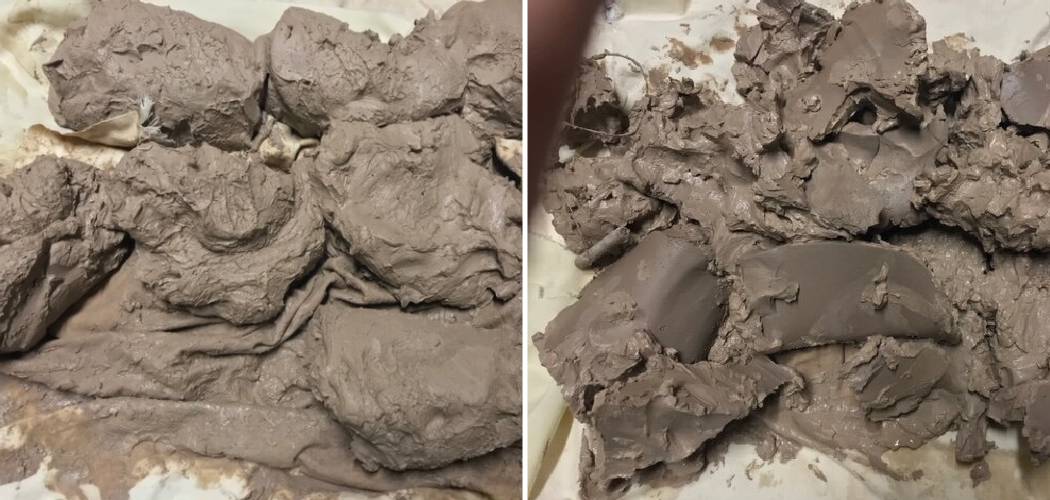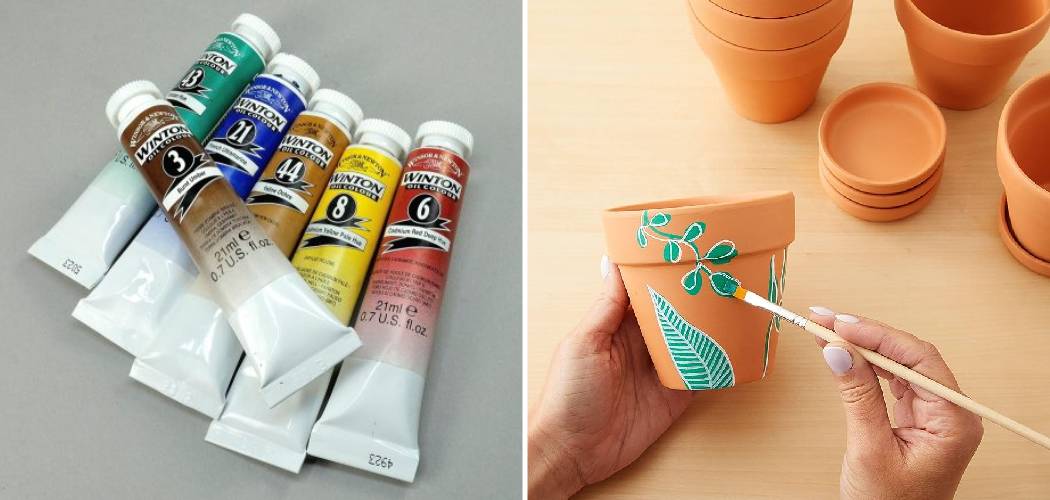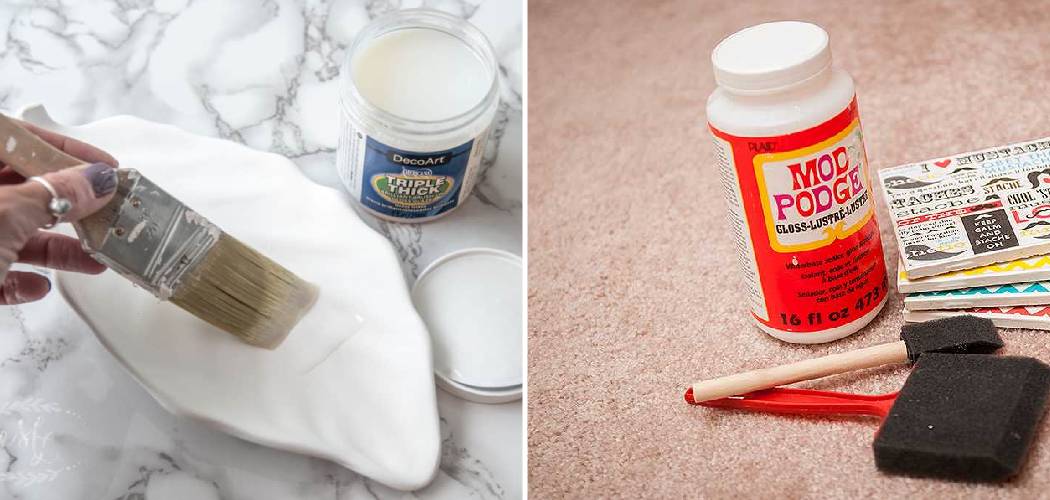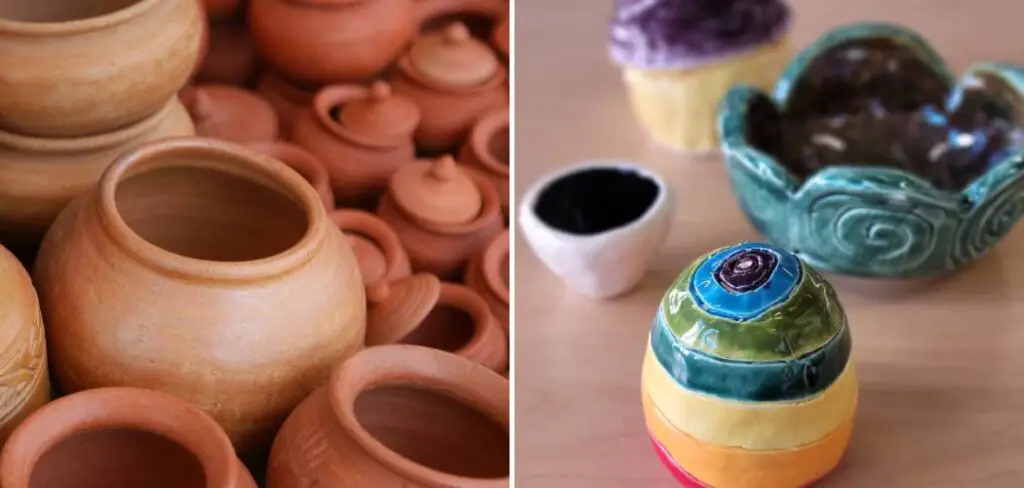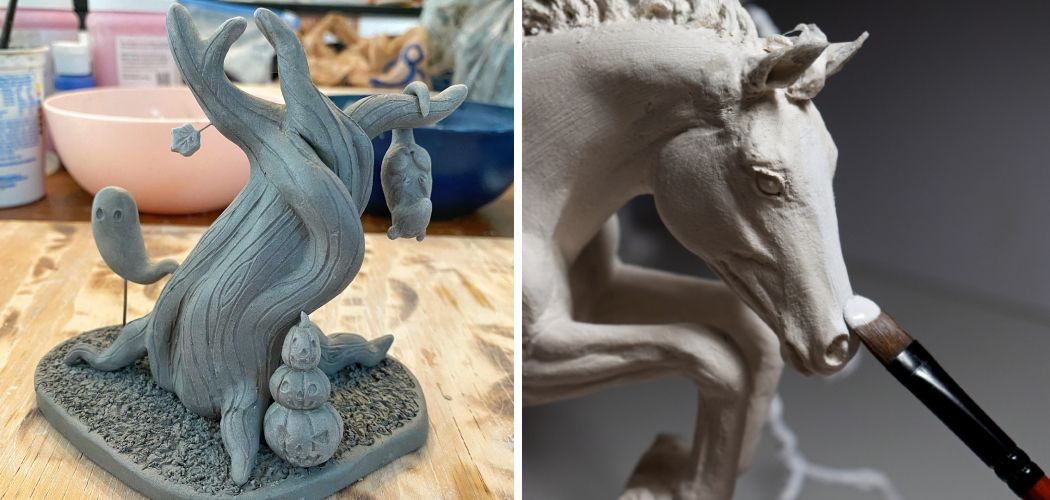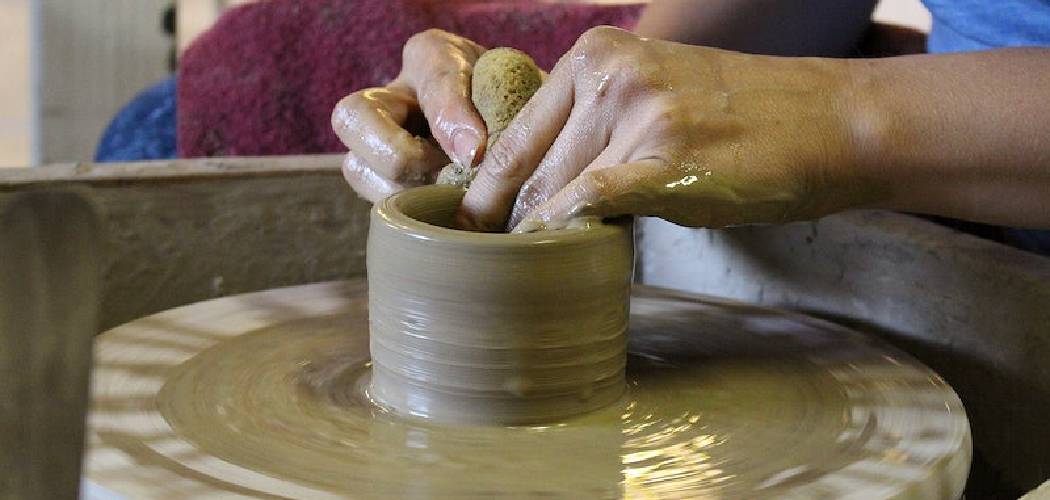Clay, revered for its versatility in various artistic and construction endeavors, can become a source of frustration when it turns brittle. The inherent plasticity and malleability of clay are compromised when it becomes overly dry and prone to cracking, making it challenging for artists, sculptors, and craftsmen alike. The quest to resurrect brittle clay involves a delicate balance between rehydration and structural reinforcement.
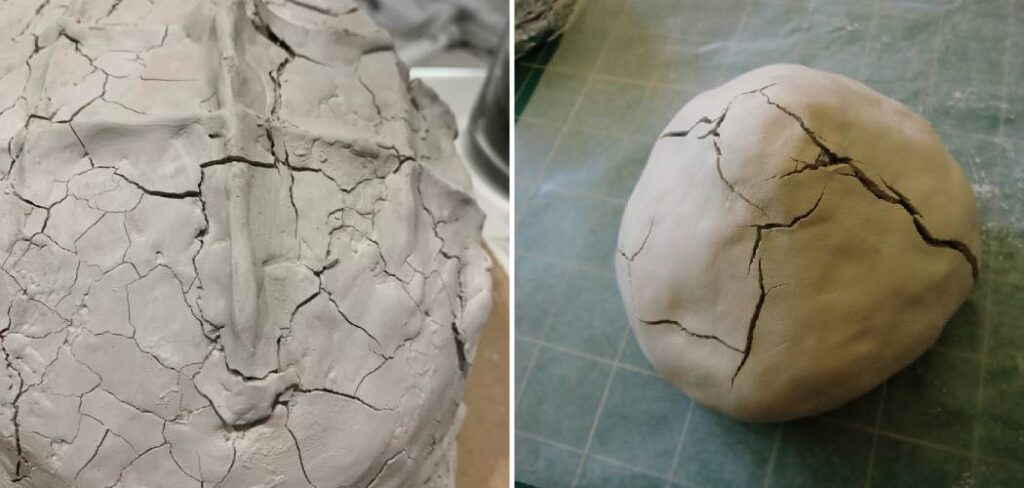
In this article, we delve into how do you fix brittle clay, exploring techniques that range from controlled moisture reintroduction to the application of specialized additives. Understanding the science behind clay’s behavior and the factors leading to brittleness is crucial for implementing effective remedies. Whether you’re a seasoned potter or a novice sculptor, the methods discussed here will empower you to breathe life back into your clay creations, ensuring that the artistic journey remains fluid and resilient.
Table of Contents
Why Is My Clay so Brittle?
There are several possible causes of clay being brittle, and the best way to fix it depends on what’s causing the problem. Clay can become brittle due to a lack of moisture, improper kneading or conditioning, overworking, or too much wax or oil in the clay. If your clay is too soft for you to work with, you may need to add more water or conditioner. If the clay is too dry and has started cracking, you can try kneading it with a few drops of water to moisten it.
If your clay is brittle due to overworking, adding wax or oil can help make it more pliable. Adding 1-2 teaspoons of petroleum jelly or vegetable oil per 8 ounces of clay can help soften the consistency. For best results, knead in thoroughly with your hands until the texture is smooth and even throughout.
Adding an armature (or support structure) when working with particularly fragile pieces of clay can also be helpful for preventing breakage during handling or crafting. An armature can provide additional stability for larger structures or pieces with complicated designs.
Overall, the best way to fix brittle clay is to identify the root cause of the problem and act accordingly. With a little bit of patience and experimentation, you can get your clay back in shape for all your crafting needs!
To ensure that your clay stays in good condition over time, it’s important to store it correctly. When storing air-dried or bisque-fired clay, make sure there’s no moisture present as this could cause it to break apart when handled. You should also keep all finished pieces away from direct sunlight, extreme heat, and humidity to prevent cracking or discoloration over time.
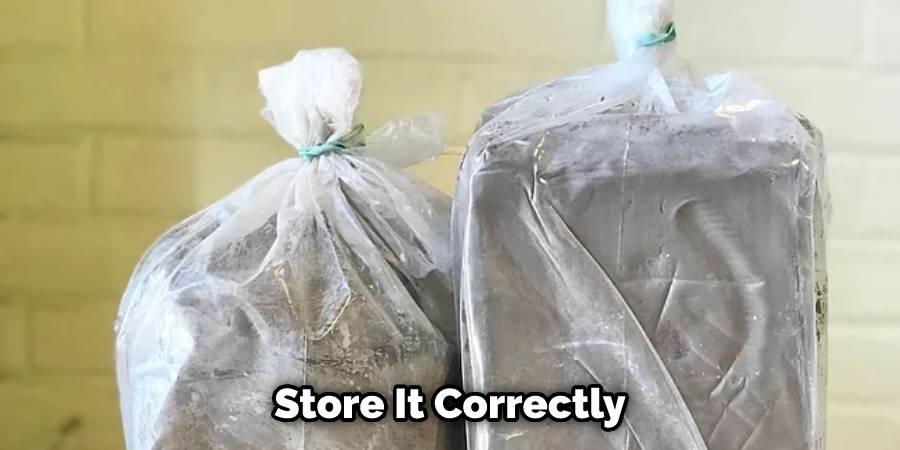
9 Methods How Do You Fix Brittle Clay
1. Pre-Soak the Clay
Pre-soaking the clay is a method that can be used to fix brittle clay. This involves soaking the clay in water for a period of time before beginning to work with it. This will help to make the clay more pliable and less likely to break during the shaping process.
While the length of time required to soak the clay will depend on the type you are using, a few hours should be enough. Though, if you’re using a particularly hard type of clay, it may need to be soaked overnight. However, it is important to note that if the clay has been previously fired, it cannot be soaked again.
2. Use a Sponge to Moisten the Clay
A different approach to rejuvenating brittle clay involves employing a sponge to add moisture. This technique entails delicately dampening a sponge and gently applying it to the clay’s surface. The goal is to introduce just enough moisture to render the clay pliable without crossing the threshold into a messy consistency.
It’s crucial to exercise a light touch while using the sponge, as excessive pressure may lead to the clay becoming overly saturated. Additionally, prompt removal of any excess water from the clay’s surface is essential to prevent unintended consequences. Mastering this method requires finesse and attentiveness to strike the right balance and bring the clay back to a workable and resilient state.
3. Add Water to the Clay
Another approach to restore brittle clay involves incorporating water into the mixture. This method entails gently introducing a small quantity of water to the dry clay and subsequently kneading it thoroughly until an even distribution is achieved. This straightforward yet effective technique enhances the clay’s plasticity, making it more pliable and easier to manipulate.
Moreover, the addition of water serves as a practical solution to mitigate potential shrinkage that may occur during the clay’s drying process. This uncomplicated method not only revitalizes the workability of the clay but also contributes to maintaining its structural integrity by addressing the challenges associated with drying-induced shrinkage.
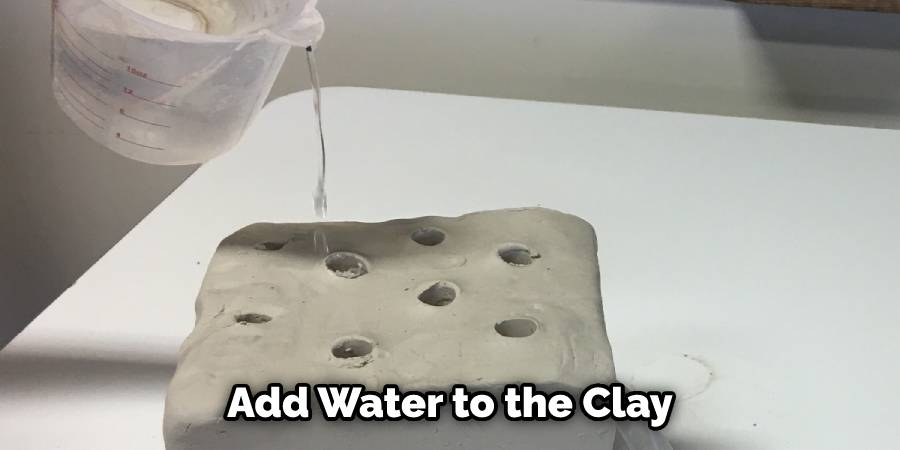
4. Use Oil or Fat to Lubricate the Clay
Using oil or fat to lubricate the clay is another method that can be used to fix brittle clay. This involves adding a small amount of oil or fat to the dry clay and then kneading it until it is evenly mixed throughout.
This helps to make the clay more flexible and less likely to break when it is handled or shaped. You can use vegetable oil, olive oil, or even bacon fat for this method. Once the oil or fat has been kneaded into the clay, it should be stored in an air-tight container or plastic bag to keep it from drying out.
This method can help make the clay more malleable and easier to work with, but it shouldn’t be used on pottery that will be fired in a kiln. The oil or fat can cause the clay to break down and give off unpleasant odors when it is heated.
5. Add Organic Matter to the Clay
Adding organic matter to the clay is another method that can be used to fix brittle clay. This involves adding a small amount of organic matter, such as straw, leaves, wood chips, or compost, to the clay and mixing it in thoroughly.
This addition of organic matter allows for better water retention, which in turn helps to make the clay more pliable and less prone to cracking. It is important not to add too much organic matter, as this can adversely affect the clay’s plasticity and workability.
6. Knead the Clay for a Longer Period of Time
Kneading the clay for a longer period of time is another method that can be used to fix brittle clay. This involves kneading the clay until it has a more pliable consistency and then letting it sit for an extended period of time before using it. You should knead the clay for at least five minutes, but longer if necessary.
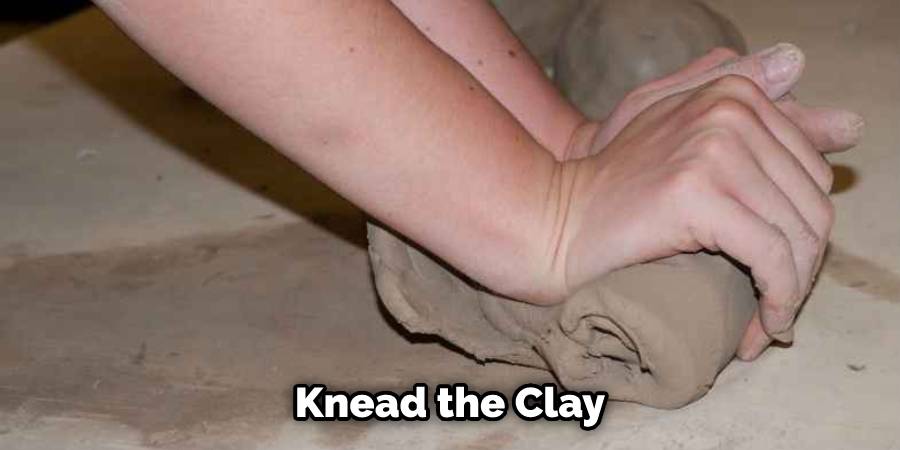
The longer you knead the clay, the more malleable it will become. Once the clay has been kneaded for a long enough period of time, allow it to sit for at least an hour or two before using it in your project. This will allow the clay to absorb the moisture and humidity from its environment, which will help reduce brittleness.
7. Add Wax or Oil to the Clay
Adding wax or oil to the clay is another method that can be used to fix brittle clay. This involves adding a small amount of wax or oil, such as petroleum jelly or vegetable oil, to the clay. This will help add some extra moisture and flexibility to the clay and make it less brittle.
The amount of wax or oil to add will depend on the type of clay and how brittle it is. Start by adding a small amount, mix it in with the clay, and then adjust the amount as needed. It’s important to be careful when adding wax or oil because too much can leave your clay greasy and cause it to have a bad texture.
When you’re done, knead the clay well until the wax or oil is evenly distributed throughout. Then, you can shape and bake the clay as usual.
8. Use an Electric Mixer
Reviving brittle clay can also be achieved by employing an electric mixer. In this method, the clay is subjected to gentle kneading using an electric mixer set at a low speed until it attains a more pliable texture. The addition of a small amount of water, vegetable oil, or glycerin can further facilitate the process.
It’s crucial to exercise caution and add these components in modest increments to prevent overhydration, which could render the clay excessively wet and challenging to handle. Once the desired consistency is achieved, allowing the clay to rest for several hours is essential. This resting period enables the clay to settle and become more malleable, setting the stage for a smoother and more manageable sculpting or crafting experience.
9. Use Heat or Cold Treatments
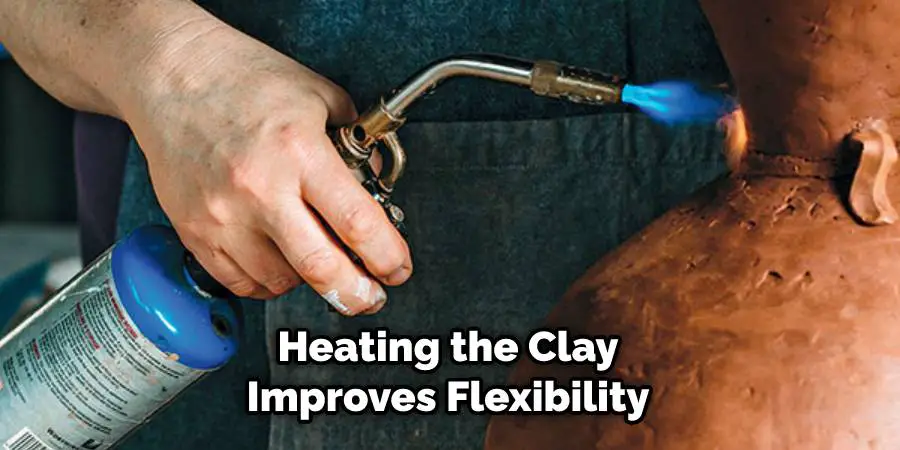
Applying heat or cold treatments presents another viable method to rejuvenate brittle clay. This technique requires subjecting the clay to either warmth or coldness for a specific duration to enhance its workability. Heat treatments typically entail placing the clay in an oven or kiln, while cold treatments involve refrigeration or freezing. Both approaches contribute to increased clay flexibility, mitigating its brittleness.
However, it is crucial to exercise caution, as improper implementation of these treatments can have adverse effects on the clay. Thorough research on the recommended duration and temperature for each treatment is essential to achieve optimal results, ensuring that the clay undergoes the desired transformation without compromising its integrity.
Conclusion:
Clay is a material that has been used throughout history, and although it can sometimes be fragile, there are ways to revitalize the materials so they can be useful again. There are several methods available for those wishing to repair their brittle clay; the least waste-intensive method is kneading in water or oil.
Other techniques include adding sand or manure to increase strength and introducing fire treatments that temper the clay and make it unusually durable. Thanks for reading, and we hope this has given you some inspiration on how do you fix brittle clay!
